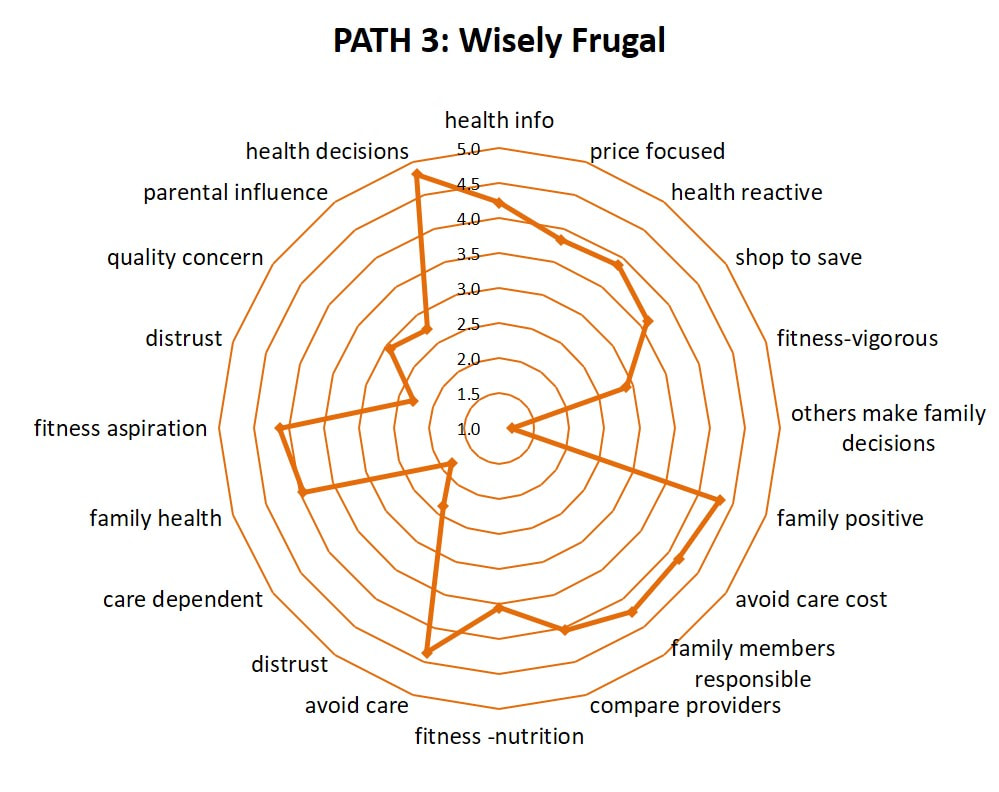What are the patterns of adapting to health?
The Patterns of Adapting to Health (PATH) are naturally occurring patterns that underlie the expression of adult response to many different health-related situations.
Hundreds of thousands of adults unknowingly conform to these patterns across every region of the United States defining different trajectories of health and associated health outcomes.
The patterns were identified by Dr. Frederick Navarro as a graduate student in psychological research investigating the natural self-organization of health-related actions among adults in the United States.
Hundreds of thousands of adults unknowingly conform to these patterns across every region of the United States defining different trajectories of health and associated health outcomes.
The patterns were identified by Dr. Frederick Navarro as a graduate student in psychological research investigating the natural self-organization of health-related actions among adults in the United States.
|
Pattern 3: The Wisely Frugal
In the graph to the right, levels closer to the center indicate avoidance of the described health issue while numbers closer to the outer edges indicate stronger engagement in that aspect of health. For example, adults conforming to this pattern show strong avoidance of health care due to cost concern (e.g., priced focused, shop to save) but not due to distrust of doctors. |
A Question of Free Will?
|
The existence of well-defined patterns underlying a wide range of behaviors is supported by many empirical studies. The most interesting aspect of these patterns is they suggest adult health-related decision-making is not totally driven by free will.
Instead, adults adapt to health in ways that conform to different patterns of motivated actions and habits that operate at nonconscious levels. While an adult's unique response to health-related issues is freely chosen, the whole of their adaptive behavior across all health issues is shaped by the influence of these patterns. |



